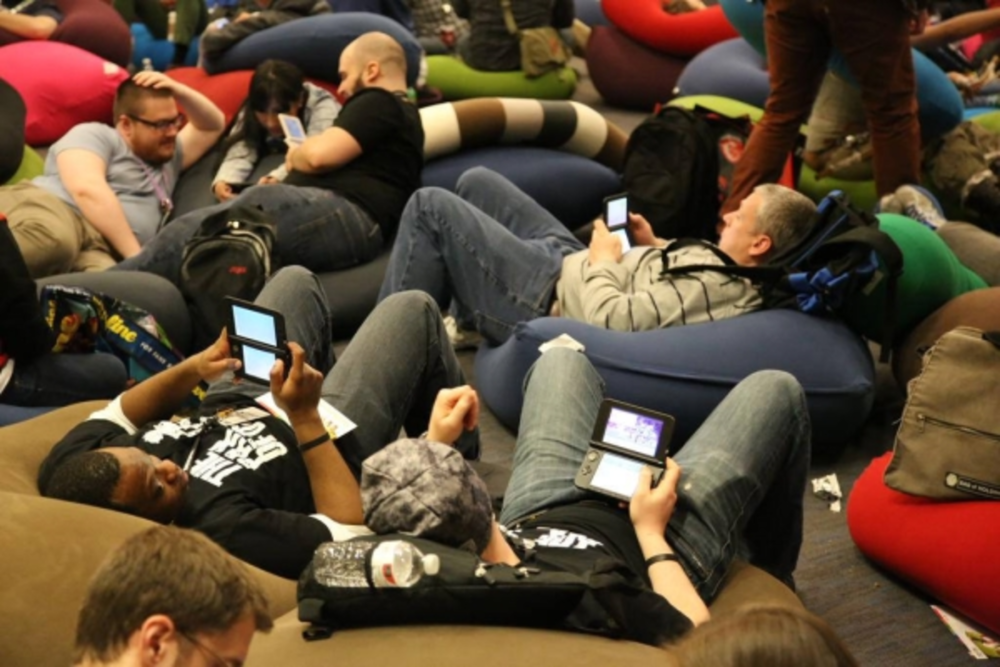According to a 2018 Deloitte report, the average luxury goods company rakes in $2.2 billion in annual sales. But in 2019, growth might slow down. Goldman Sachs dropped its forecast for the luxury industry’s sales growth to five percent, adjusting from a prior forecast of seven percent. Economic uncertainties, trade disputes, social movements, and generational trends could impact the market. Nevertheless, digitally-oriented consumers are expressing strong interest in premium products and status symbols. This is represented by their online engagement. On Instagram, Gucci has 31.8 million followers, with Louis Vuitton at 29.6m and Dior at 23.5m.
Burberry reportedly dedicates around 60 percent of its marketing budget to social media. Nearly 80 percent of luxury sales are influenced by digital touchpoints. Brands are defying the forecasts by directly engaging with their admirers and advocates.
But there are unique and daunting challenges when marketing luxury online. There are many elements that don’t necessarily translate well into digital. There’s the tactile experience of feeling and trying a quality fabric or product, putting on that coat and sniffing that perfume.
Luxury apparel products also have a high hedonic value, compared to strictly utilitarian purchases. A big part of that self-indulgence is actually going into the store and feeling pampered. How then can digital marketers get consumers to fork up the same dollars for luxury products online, when those aspects are absent?
John Veichmanis is CMO at Farfetch, an online luxury fashion retail platform that allows consumers to access goods which have been carefully curated by independent boutiques and brands. Farfetch recently acquired Stadium Goods, an online marketplace for sneakerheads, extending their presence even further.
When asked about the industry’s challenges and trend lines, Veichmanis indicated that Farfetch would continue to engage meaningfully with consumers where they are already active — online. He said that consumers actually spend a significant amount of time researching luxury products and trends.
“We’re seeing that consumers — specifically, those who are highly engaged in the category — spend four hours a week researching trends and brands that they actually have an interest in. And this is across multiple touchpoints online or in stores. For us, we absolutely acknowledge and are very aware that physical retail plays a massively important role in this category. At Farfetch, our business is based on the fact that we ship from stores. More than 1,000 brand and boutique partners are on the platform, putting products on Farfetch,” he explained.
Farfetch’s goal is to join up aspects of inspiration and convenience. In order to realize this vision, Veichmanis is looking beyond runways, toward the latest innovation from Silicon Valley. He has dozens of data scientists and AI specialists on his team.
Instagram is a particularly useful tool for consumers who are trying to get a sense of their own styles and wish lists. This demonstrates a broad consumer change. In the past, consumers engaged with the world of fashion offline, typically through magazines.
“They want to find their own style, something that is unique to them as opposed to something on the cover of Vogue,” said Veichmanis. “We are really keen to use technology to help consumers find products that they might be interested in.”
To do this, Farfetch launched a visual search tool on its platform. By using a “See it, Snap it, Shop it” feature on the Farfetch app, fashion lovers can actively engage with the stylistic inspirations they encounter on a daily basis. They can even screenshot fashion images on social media and immediately find visually similar products.
In the luxury fashion world, data can help companies make better marketing decisions, both in terms of strategy and deciding which customers to invest in from an acquisition and retention perspective. But data can also be used to enhance the shopping experience for each consumer, connecting him or her with an ideal look and an outfit that is truly expressive.
Veichmanis said that millennials aren’t particularly interested in recommendation systems that highlight findings such as “people who bought this product also bought these things.” Instead, millennials are more interested in connections between themselves and their broader social networks, such as family and friends. There are additional connection points between consumers and the celebrities or influencers who they aspire to be like, or whose style they admire. Farfetch learns from all of this in order to inspire customers and assist them with their fashion discoveries.
“We have a globalized approach to using our data assets,” said Veichmanis. Data informs the marketing department’s key strategic questions. “How do we take all of the data that we have worldwide? How do we start to make connection points between a particular customer segment’s aesthetic, their approach to style, and the products that we recommend? We’re using data science in many forms to do that.”
By studying online behavior, shopping cart activity, and customer preferences with regards to cut, style, and brand, Farfetch has been able to refine its platform and help consumers navigate what might otherwise be an overwhelmingly large catalog.
The globalized approach to data is necessary because things are quickly changing. According to a McKinsey report, Chinese buyers account for more than a third of global spending on luxury goods. That report also forecasted that China will have the most affluent households in the world by 2021.
Jennifer Wang, co-founder and CMO of Dealmoon, has delved deeply into the Chinese-American demographic. Thirteen million shoppers peruse Dealmoon’s online shopping site every day.
“For the Chinese audience, there are so many other factors that play a part in a luxury purchase,” she said. Wang explained that this demographic closely listens to the opinions of family and friends. Brands wishing to win them over need to generate conversation.
On the technical side, Wang said that Chinese and Chinese-American consumers often look at luxury content on Weibo and WeChat. Dealmoon also has an app where users can share pictures. Although AR is likely in the near future, Jennifer Wang said that, for now, live video streaming and social network videos are very effective in China.







